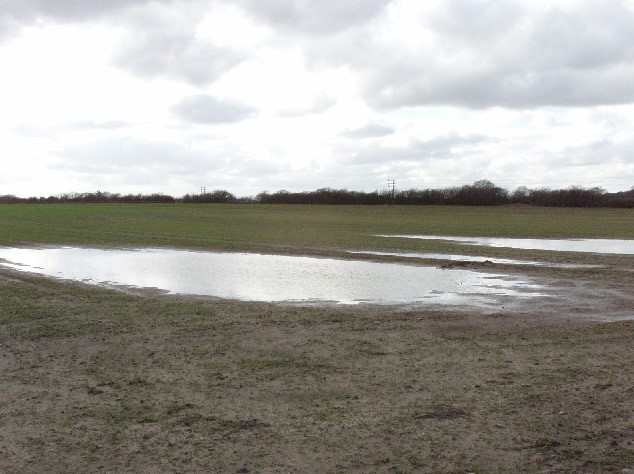
On Friday, December 30, 2022, the U.S. Environmental Protection Agency (EPA) and the U.S. Department of the Army (the agencies) announced a final rule establishing a definition of “waters of the United States” (WOTUS). Senior Farm and Ranch Broadcaster, Ron Hays, got the chance to visit with the Chief Counsel for NCBA for the National Cattlemen’s Beef Council, Mary-Thomas Hart about how this final WOTUS rule will impact ag producers going forward.
“When NCBA looks at any WOTUS definition, regardless of administration, we are looking for whether that rule regulates isolated features, whether it regulates ephemeral features, and if there are agricultural exemptions in place,” Hart said. “We got one out of three on today’s rule.”
The new rule includes agricultural exemptions for stock ponds, prior converted cropland, and certain drainage ditches, however, Hart said, the rule leaves open the possibility that the federal government can regulate ephemeral features or features that only carry water after a precipitation event.
“The federal government could also assert jurisdiction over isolated features like prairie potholes and playas,” Hart said.
The new rule, Hart said, will force many “case by case” determinations, which means extra cost and trouble for landowners.
“Landowners are going to have to pay a consultant or work with the Army Corps of Engineers and have them come out and make a determination about whether an individual feature is subject to the Clean Water Act, which is going to have a lot of time and cost, especially when producers want to implement a new project,” Hart said.
NCBA and many other agricultural groups were diligent in pushing the Biden administration to step back on a new WOTUS ruling until the Supreme Court decision on the Sackett v. EPA case is made. Unfortunately, the administration went forward with their decision early.
“We expect to hear from the Supreme Court in the spring, which is I think really concerning for us that EPA thought it appropriate or thought it necessary to kind of go ahead of the Supreme Court, even though we know the court is considering this question directly,” Hart said.
Not only does this early ruling create additional confusion for landowners and producers across the country, Hart said, but it also is a waste of government dollars to finalize a rule, knowing that within six months, the rule could be written again.
“It is important to note that when the Supreme Court considered Sackett in October, six of those nine justices were considering the definition of WOTUS for the first time,” Hart said. “They weren’t on the bench for the Rapanos case-they certainly weren’t on the bench for earlier Supreme Court cases related to WOTUS, and the consensus among those six justices was that they were tired of talking about significant nexus and relative permanence.”
It will not be surprising, Hart said, if the Supreme Court comes out with a totally new rule.
“If the Supreme Court ditches the Rapanos standards, then EPA has to go back to the drawing board,” Hart said.
more details on the Final WOTUS Rule from EPA is available HERE.


















